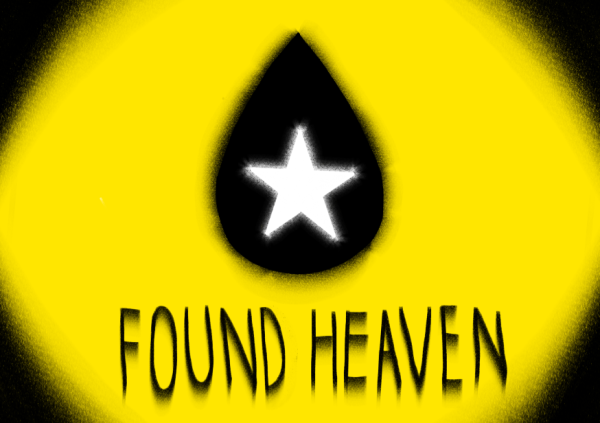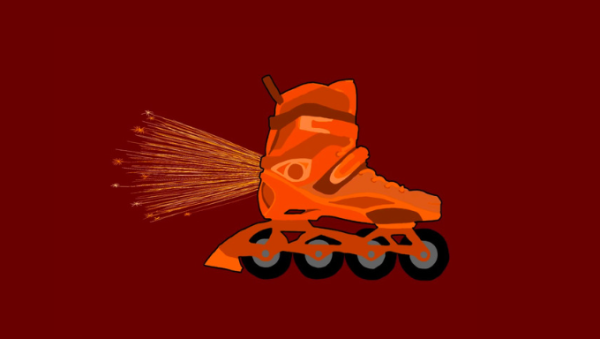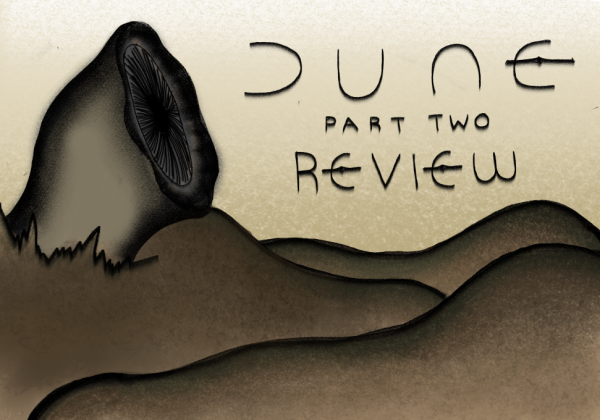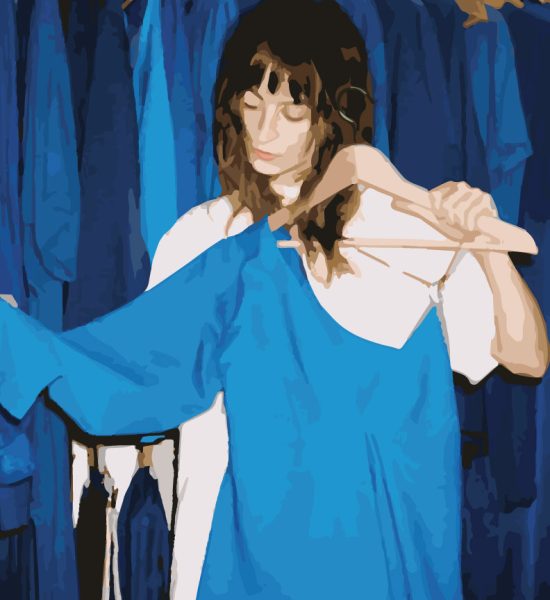A Beginner’s Guide to New Order
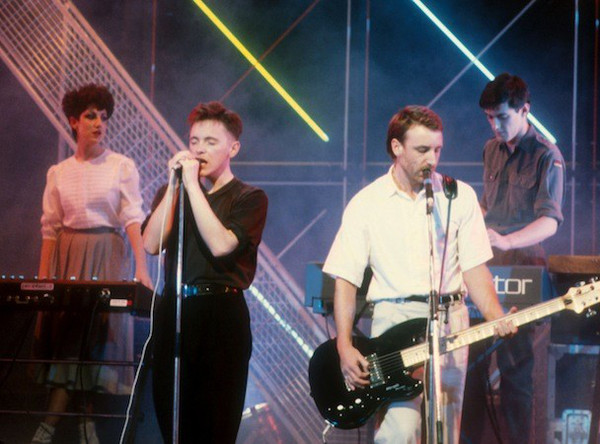
Discogs
New Order made some of the best music of the ‘80s. But where to start with their long career? Photo courtesy of Discogs
During the peak years of new wave dance music, New Order were the rare band that explored the intersections between critical love and mainstream success. For a few golden years in the 1980s, they delivered hit after hit, with songs being played everywhere from college dorms to the clubs. And they continue to release music today, like the enjoyable Be A Rebel in 2020. The group started out as Joy Division, led by English singer Ian Curtis. Curtis committed suicide in 1980, but the remaining members soldiered on, forming a new group called New Order with one additional member. While Joy Division’s sound was dark and gothic, New Order had a more dance-fueled sound, and were more successful. The band’s classic lineup from 1980 to 2007 was composed of singer, guitarist, and keyboardist Bernard Sumner, bassist Peter Hook, keyboardist Gillian Gilbert, and drummer Stephen Morris. Hook departed in 2007 and was replaced by second guitarist Phil Cunningham and bassist Tom Chapman. They have a large catalog of singles, albums, and remixes. So, where should you start discovering their music? Well, let this be your guide.
Ten Essential Songs
Bizarre Love Triangle
Bizarre Love Triangle is a perfect song, so it goes without saying that it would top my list of New Order’s best songs. It combines everything the band is great at: being able to incorporate a danceable beat, moody but somehow uplifting lyrics, and a pleasing mix of electronics and guitars. In all of music history, is there any singular moment better than the keyboard breakdown after the first verse? I don’t think so.
The Perfect Kiss (12” Version)
A dance pop epic, The Perfect Kiss changes moods, melodies, and beats like a Pink Floyd prog workout. But it never feels exhausting or ponderous. Instead, it’s a flawless piece of melodic perfection. Bernard Sumners’ voice may be straining for the high notes, but that only proved that the group wasn’t a group of rhythmically inclined robots. Lengths vary depending on the single release, but the 12” version is the longest, and the best.
Age of Consent
The shining, keening, and beautiful opener of Power, Corruption and Lies introduces the band as a separate entity from Joy Division with its instantly catchy bass riff. While it’s one of their less synth-centric tracks, and not as beat-filled as what would be found in later works, Age of Consent provided the group with a mission statement going forward: smart, unpretentious dance pop that was built upon melody rather than repetitious grooves.
Touched by the Hand of God
A non-album single, the underrated Touched by the Hand of God was aided by a memorable music video starring Bill Paxton. The group pivots to a more industrial groove here, prefiguring groups like Nine Inch Nails. Overdriven guitars and a breathy vocal may seem like something too intense for the group, but they make the song work wonderfully.
Fine Time
1989’s Technique was heavily inspired by house music, and this song comes right out of the gate with some of the most danceable rhythms the band has ever cooked up. With hardly any guitars or bass in sight, there were plenty of pounding drum machines and percolating synths. Sumner adopts a bizarre, artificially deepened Barry White croon for the song’s lyrics, giving the song an oddball sense of fun too. This is certainly one of their most quotable tracks.
True Faith
One of the band’s biggest hits, this lush song has some of the band’s best lyrics, and a great arrangement. With thundering drums, strong bass, orchestral synths, and an earworm chorus, True Faith is a song that has rightfully remained one of the band’s most enduring songs.
Blue Monday
This seven minute ground-breaker is the band’s best known song, but to be fully honest I’ve gotten a bit tired of it, as I used to play this one constantly. It’s still undeniably worth a listen though, and despite its overplay, it remains an essential.
Temptation (7” version)
This was the first New Order song to go all-in on synths, reflecting the pop style of the band that was to come. It’s packed with hooks in every minute, and while it’s not as polished as the band’s later, more accomplished tracks, it still survives the test of time today.
Here to Stay
It would be unfair to overlook the band’s post ‘80s work on this list, so I’ve decided to pick this catchy non-album single for the number nine spot. All of the band’s later work is quality but only occasionally does it reach the heights of the group’s ‘80s output. Here to Stay comes close, thanks to great production by The Chemical Brothers, who propel the melodies into the stratosphere.
Lonesome Tonight
Inspired by the Elvis song of the same name, this beautiful B-side retains some humor with the addition of Peter Hook hocking a loogie in the middle of the song. This remains a highlight in the band’s catalogue and is woefully underrated.
Five Essential Albums
New Order was never really an album band, but an ideal place to start would be with 1985’s Low Life, a stunning eight song masterpiece that kicks off with the heartbreaking Love Vigilantes, a slightly countrified track with a catchy melodica riff. Every song is instantly memorable, and the album also has some of the band’s best lyrics as well.
Next stop would be 1989’s Technique, a more dance-heavy release that reflected the band’s time recording in Ibiza. The group hasn’t lost their roots, though, as illustrated by the guitar-led Love Less.
The band’s second effort, Power, Corruption and Lies, is rewarding as well, being a steady transition point between the dance pop of the group’s late ‘80s run and their early ‘80s rock sound. 5-8-6 sounds like a bizarro version of Blue Monday.
Music Complete is the band’s most recent album and is easily their creative comeback. The opening track Restless has lyrics that reflect Sumner’s anxiety over the band’s shaky success, and the extended five man lineup lends the album a fuller, more expansive sound. Sorely missing is Peter Hook, but despite this, the album has plenty to recommend it.
Brotherhood is an uneven album, filled with some undeniable excellence, but it has one awful aspect: the opening song of Side 2 is Bizarre Love Triangle, quite possibly the greatest song of all time. How can the rest of the album possibly compete? Nonetheless, this one has some solid tracks, and of course, the aforementioned classic.
Branching Out
Obviously, the next step for any New Order fan should be to hear the two records released by Joy Division. I will confess, I’m not a huge fan of this early incarnation of the group. I admire the music and instrumentation, but the music is just too depressing for me to handle. It’s great stuff, but take it in moderation!
Sumner formed a bit of a supergroup in the ‘90s with guitarist Johnny Marr of The Smiths, and in addition, was joined by The Pet Shop Boys for their first album. The combo, dubbed Electronic, released three records together filled with smooth, suave pop music. It is worth a listen if you’re a fan of The Smiths or New Order, and even better if you’re both.
Keyboardist Gillian Gilbert and drummer Stephen Morris formed The Other Two in 1990, named after the name many fans of the group gave to them, considering that Hook and Sumner were always the center of attention in the band’s press. Their best known song is Tasty Fish, a bouncy, slightly rave inspired track that showcases Gilbert’s surprisingly good singing voice.
Bassist Peter Hook currently tours with his group The Light. They do cover versions of New Order and Joy Division songs, to excellent results. Hook was an integral part of the band’s sound, and without him, the band is missing his fantastic bass tone. He also has a good voice, on par with Sumner’s. Check out their June 2020 socially distanced concert for some great renditions of prior hits.
More Like This
Music nerds love to argue over who’s better: New Order or Depeche Mode. We all know the answer is New Order, but I still like Depeche Mode quite a lot. They have a darker, more industrial sound than New Order, and were both popular around the same time and hailed from the same area. They have some excellent songs, and were clearly an influence on artists like Nine Inch Nails. Personal Jesus is one of the best songs ever, and if you enjoy New Order songs like Touched by the Hand of God, you’ll enjoy Depeche Mode.
The Cure are another ‘80s new wave band that sometimes have a style reminiscent of New Order, but their goth style is a lot more Joy Division-esque. The two groups pioneered goth music, but The Cure peppered their albums with brighter and happier tracks on occasion, and many of these more upbeat songs would prove to be their most successful.
The Pet Shop Boys were friends and collaborators with New Order, and later New Order songs certainly have similarities to the duo’s biggest hits. Chris Lowe and Neil Tenant spearheaded a romantic, synth-based sound, like New Order without guitars. Lowe and Tenant would collaborate with Bernard Sumner for the aforementioned Electronic project.
New Order’s long career continues to this day, and needless to say I’m a big fan. I like almost all of their music, and I think every album is at least worth a listen or has a handful of good tracks. Their music is simultaneously melancholy and optimistic, synth-driven and guitar-based, dissonant and beautiful. They’re my favorite band of the 1980s (although Talking Heads certainly comes close).
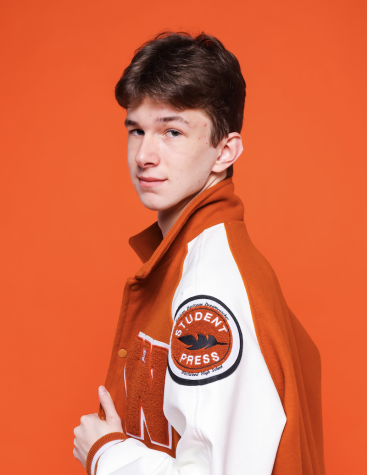
Class of 2023
I am currently Westwood Horizon's video editor, and also one of the hosts of Friendcast, our website's podcast video series. In addition...

